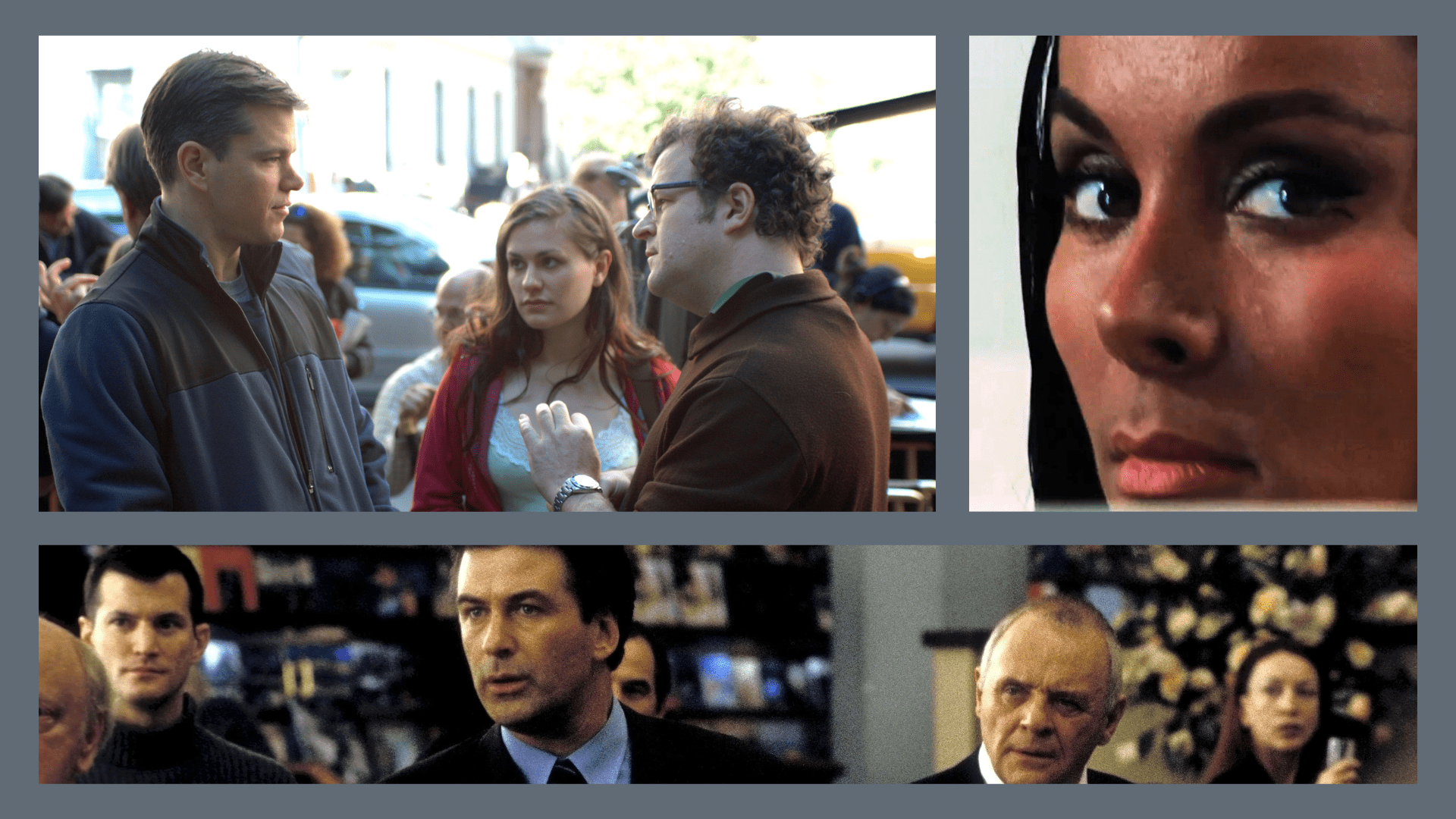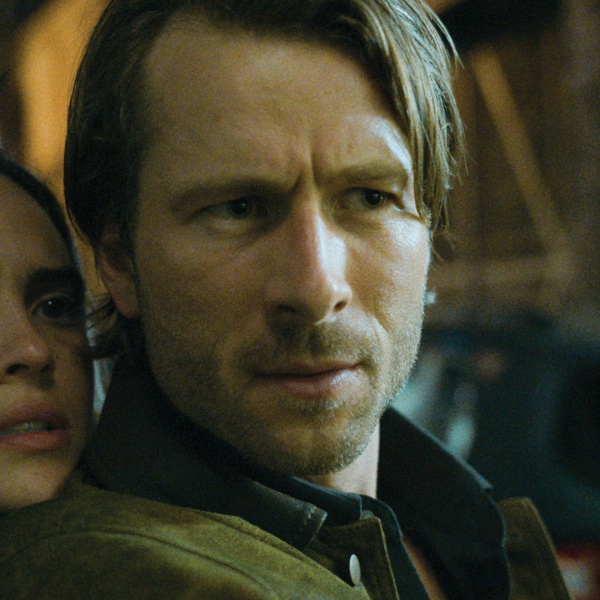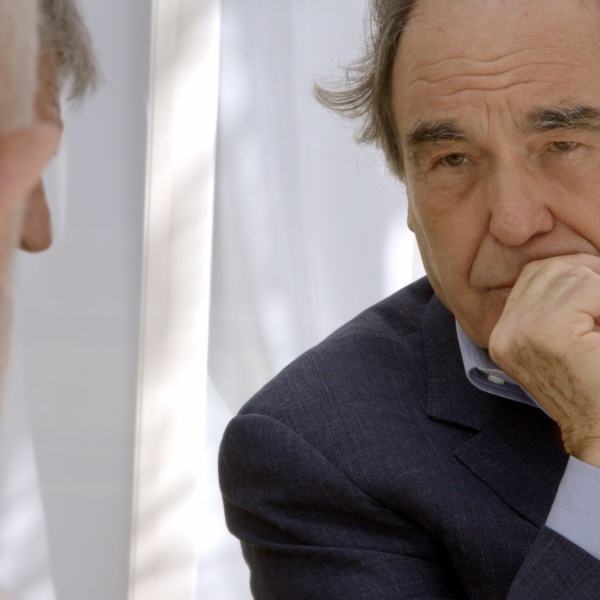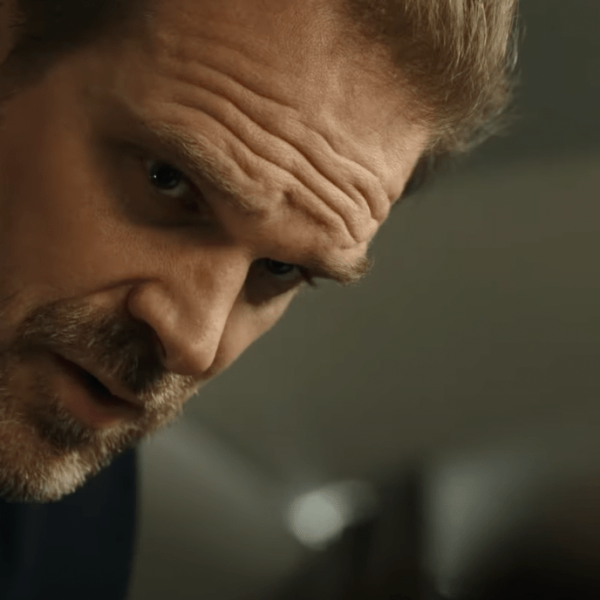There are a lot of reasons a movie’s release date can be pushed back, from COVID-19 restrictions to contract disputes. Although a continuous timeline seems ideal for everyone involved, things don’t always go as planned. These obstacles test creative teams’ resilience as much as they test audiences’ patience.
Pre-production, filming, editing, and release can be a seamless transition but that often isn’t the case. There are times a movie collects dust, tucked away for months and sometimes years after shooting. Other times its creation is interrupted during filming or even before production has begun, inching the project away from the finish line. Regardless of why a movie gets delayed, one thing can be agreed upon by any production crew: getting things right is hard sometimes. The logistics that go into crafting a film that the audience hopefully considers a work of art is challenging. Unfortunately for filmmakers, myriad factors come into play that weigh on production. Whether it be budgetary concerns, script issues, safety concerns, or another curveball not accounted for by producers, something that appears to be a small hiccup can drastically alter a film’s readiness.
At the start of the decade, hope that a film would be released on time was bleak due to strict pandemic safety guidelines. It was truly an unprecedented time in Hollywood that shook the entertainment industry. Up until 2020, there was nothing that halted movie projects like gathering and social distancing regulations. Highly anticipated productions like “The Batman” and “Black Widow” were put on hold while crews scrambled to adapt to a world in crisis.
Most films only face a year or two postponement, but others endure much longer suffering. Movies like “Accidental Love” have been shelved three times as long — seven years in that case — before eventually resurfacing. Some projects drift away only to be canceled before they’re forgotten forever. Needless to say, movies are an investment and a gamble. No matter how proactive a production team decides to be, there is no guarantee their movie will make it to theaters. Not only are time and money lost in these cases but correcting a project that went off the rails can spell headaches and heartbreaks for artists.
Read on for a list of movies that significantly exceeded their initial deadlines. It is incomplete and will be updated over time. Also check out IndieWire’s guide to Nightmare Movie Shoots: The Most Grueling Films Ever Made.
-
“Shortcut to Happiness” (2007) — 6 years

Image Credit: Yari Film Group Releasing/Courtesy Everett Collection Alec Baldwin’s first shot as a director didn’t work out well. “Shortcut to Happiness” was Baldwin’s first and last go helming a project, after his initial attempt was pushed back six years due to issues with funding. Also starring in the film, Baldwin plays a struggling writer who sells his soul for success. After the post-production drama was sorted out and settled, Baldwin slowly detached himself from the film, removing his name as director and even advising fans to stay away.
-
“Take Me Home Tonight” (2011) — 4 years

Image Credit: Relativity Media/courtesy Everett Collection The untamed 80s-set comedy “Take Me Home Tonight” aims for authenticity, and sat on the shelf because of it according to actor and executive producer Topher Grace. Although it may not have been an inaccurate portrayal of the decade, rampant drug use in the film was a problem for studios who were not amused by its myriad depictions of cocaine use.
“‘You can’t do a movie about Prohibition without alcohol, and you really can’t do a movie about partying in the ’80s, at the age these kids are, without showing cocaine use,” Grace told MTV.
-
“Camp Hell” (2010) — 3 years

Image Credit: Grindstone Entertainment Group/Courtesy Everett Collection Everyone can appreciate a low-budget film from time to time but one that misleads the audience in its advertising and exploits its actors is a little more difficult to get behind. The movie’s small $3 million budget is presumably a key reason it took “Camp Hell” three years to hit theaters after shooting. The small production didn’t hesitate to oversell Jesse Eisenberg’s short five-minute screen time, portraying him as a leading character in its promotion. The Academy Award nominee sued Lionsgate for the entirety of the film’s budget, feeling the company used his clout from “The Social Network” to turn a profit.
“As a favor to friends, who were producing and directing a low budget horror film called ‘Camp Hell,’ Eisenberg agreed to perform for one day on the film in a small cameo role for minimal compensation,” the complaint read. “The distributors of ‘Camp Hell’ are now attempting to fraudulently deceive and mislead the public and reap millions of dollars by capitalizing on Eisenberg’s newfound fame.”
-
“Margaret” (2011) — 6 years

Image Credit: ©20thCentFox/Courtesy Everett Collection A feud between the director and producer is a good way to drag out a film’s release. Although a teeter-totter battle for power isn’t unheard of in Hollywood, the six-year legal battle between Kenneth Lonergan and Gary Gilbert caught the attention of industry leaders with cinema aces like Martin Scorsese stepping in to moderate and keep the peace. Gilbert, who agreed to bankroll the film “Margaret,” was upset by the extensions needed by Lonergan to edit the project after shooting wrapped in 2005. The financer felt that the director’s final cut was “incoherent” and refused to fork up his share of the $12.6 million tab he agreed to split with Fox Searchlight. Things were eventually sorted out and “Margaret” was released in 2011 after years of post-production.
-
“Jet Pilots” (1957) — 8 years

Image Credit: Courtesy Everett Collection It’s not often that a movie suffers such a substantial delay that its contents become outdated but that was the case for “Jet Pilots”: the Cold War romance starring John Wayne and Janet Leigh. The story follows a female Russian spy whose plane is escorted back to a U.S. airbase where she meets her next honeypot victim, Air Force Colonel Jim Shannon. Filming began in 1949 and when it was released eight years later the “latest” fighter jet technology that was used at the time wasn’t so new anymore, dating the film immediately. As an archived 1957 New York Times article puts it, “Wars have been fought and airplane designs have been improved” from the first shoot to the time the film was released.
-
“The Other Side of the Wind” (2018) — 48 years

Image Credit: ©Netflix/Courtesy Everett Collection / Everett Collection Old enough to parent most movies on this list, “The Other Side of the Wind” really takes the cake for production delays. With a massive 48-year gap from start to finish, director Orson Welles likely would have been grateful that his final film even saw the light of day in its 2018 Netflix release. Welles died in 1985, fifteen years after filming began and the movie was carried out by its original producer Frank Marshall who valued working alongside the late director.
“It was an extraordinary experience to work with him 40 years ago and it will be an honor to help see his vision finally come together on the screen,” Marshall said.
-
“Accidental Love” (2015) — 7 years

Image Credit: Courtesy Everett Collection Love and relationships can be messy. Making a movie about the two was perhaps even more chaotic in this seven-year stretch between the start-up and release of “Accidental Love” which was changed from its original title “Nailed.” The cheesy rom-com about a woman advocating for healthcare reform after she can’t afford a crucial surgery (leaving her with a nail in the brain, yikes) is truly unbelievable. Despite the talent and experience on set, the far-fetched concept and production proved to be a nightmare. Repeated stoppages during filming, budget cuts, actor walkouts, and even a shutdown of the initial production company all contributed to the movie’s postponement.





